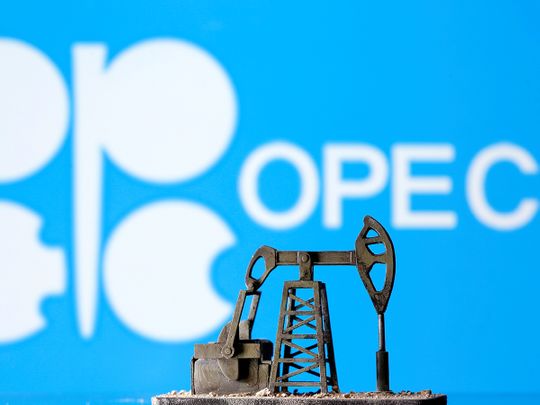
As expected, all US attempts to put pressure on the OPEC + group failed to change its plans to increase daily production by 400,000 barrels, a decision that was taken last Thursday during a periodic meeting.
Since August, the OPEC+ has raised production by 2 million barrels a day, which posed a real challenge to the US administration that has been trying to pressure producers to hike output and stop the continuous rise in prices.
Washington will have no choice but to use its strategic oil stockpile, estimated at 720 million barrels, which represents 75 per cent of the world’s daily production of oil. That possibility led to a drop in oil prices by $4 to $80 per barrel after the OPEC + meeting last week. However, prices rebounded at the beginning of this week to $83.
This measure reflects the US despair and inability to impose its influence on oil producing countries’ decisions, who are forging ahead with their national interests and away from external pressures. The US decision to use its reserves - if passed - will have completely counterproductive results despite its temporary impact in curtailing oil prices.
The US oil reserves are relatively limited compared to the demand that exists in global markets. This may expose the US to a supply crisis if its oil imports face any obstacles. Moreover, the depletion of US reserves will create a market panic, and which could contribute to a strong and rapid rise in oil prices, meaning that the results would be contrary to Biden administration’s expectations.
Get realistic
This also reflects a state of confusion in US economic policy, especially when it comes to the energy sector, and something that created internal discontent as evidenced by the results of the local elections recently.
Although Washington can increase its production of shale oil – something that has proved to work in the past - Biden’s policy focuses on reducing carbon emissions regardless of the market’s energy needs and the availability of alternative energy sources. This is the obvious gap in the new energy policy adopted by the US administration.
This brings us to the next point, which is the unfair double standards with the various commodity prices. Those of iron, aluminum, copper, lithium, car prices, and even foodstuffs, have risen significantly. As a result, China has demanded its citizens to store food, as a precautionary measure to any expected shortage in supply chains.
An unequal pressure
A question arises here. Why is it unacceptable to see oil prices rising while no one says anything when other commodities see similar increases?
Why should oil-producing countries alone pay the price for fluctuations and inflation rates? Now that they import most of their consumer needs, including food, they need to increase their revenues from oil exports to cover the costs of their imports they receive primarily from oil consuming countries, including the US.
This is indeed one of the major contradictions the international trade is seeing, which the US is creating by telling OPEC+ countries to import American goods at high prices and sell their oil at low prices.
Perhaps it was possible to impose such an unfair equation in the past, but the situation is different. Far better to coordinate positions to protect everyone’s interests instead of imposing others agendas.








